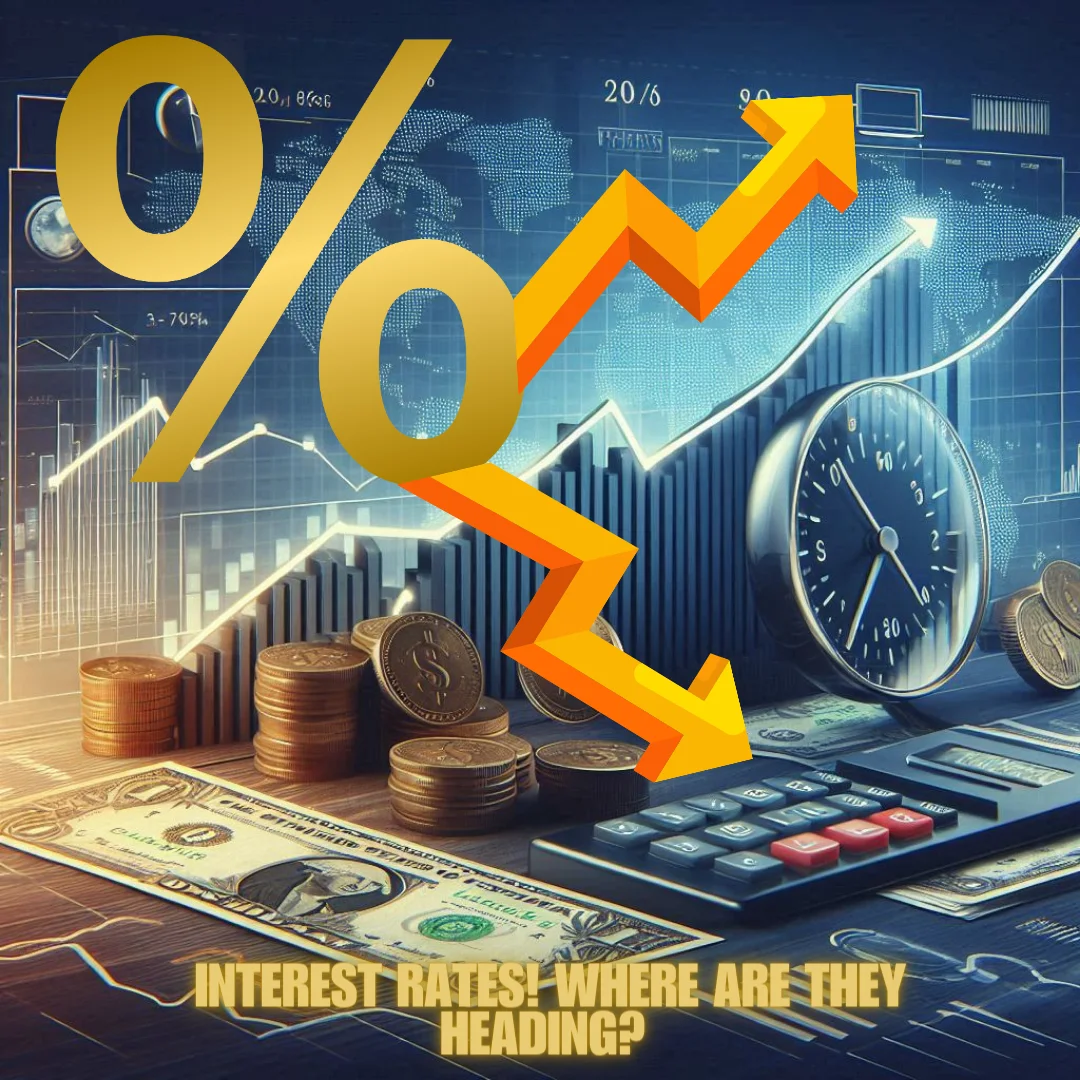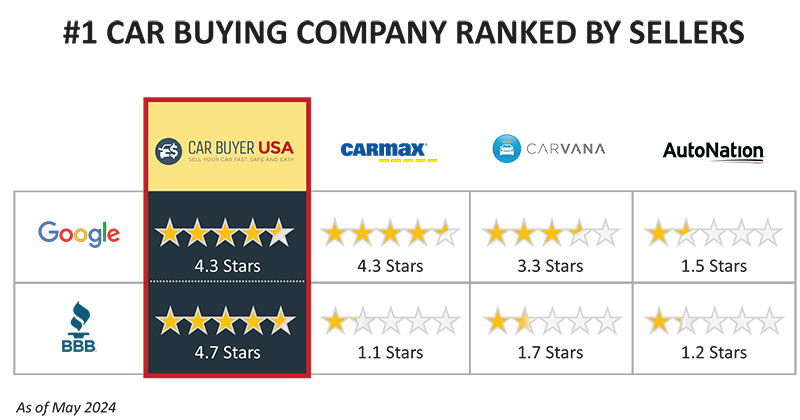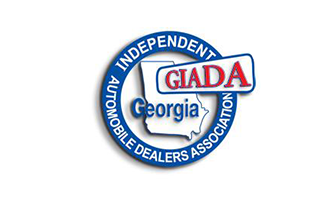
Interest rates for used cars are influenced by a variety of factors, including economic conditions, inflation, Federal Reserve policies, and market demand. During an election year like 2024, these factors can be further complicated by political uncertainty and policy changes.
Historically, election years can bring volatility to financial markets as investors and consumers react to the potential outcomes and their anticipated impacts on the economy. In 2024, interest rates for used cars could be affected by the Federal Reserve's monetary policy decisions, which are often influenced by the prevailing economic conditions, including inflation and employment rates. If the economy shows signs of overheating or if inflation remains high, the Fed may continue to raise interest rates to cool down the economy, leading to higher borrowing costs for used car buyers.
Conversely, if the economy slows down or if there is significant political uncertainty that affects consumer confidence and spending, the Fed might adopt a more accommodative stance, potentially lowering interest rates to stimulate economic activity. Additionally, policy proposals from candidates, such as tax changes or infrastructure spending, can influence economic expectations and, consequently, interest rates.
Ultimately, predicting the exact direction of used car interest rates during an election year is challenging due to the interplay of multiple factors. However, staying informed about economic indicators and Federal Reserve signals can provide insights into potential trends. The Fed sets the federal funds rate, which influences overall interest rates in the economy, including those for auto loans. Of course, there’s nothing like political pressure and while the Federal Reserve operates independently, it can be subject to political pressure from the President or Congress. Public statements or policy preferences expressed by political leaders can sometimes influence the Fed’s approach, though the central bank strives to make decisions based on economic data rather than political considerations.
In summary, while the President and Congress cannot directly set or lower interest rates for used cars, their actions and policies can create economic conditions that influence the Federal Reserve's decisions on interest rates. The Fed’s primary role is to manage inflation and promote stable economic growth, and it uses interest rate adjustments as one of its main tools to achieve these goals.
To give a starting point as of today, May 2024, the interest rates for used car loans vary depending on your credit score:
- Super prime (781-850): Average APR is around 7.66%.
- Prime (661-780): Average APR is approximately 9.73%.
- Near prime (601-660): Average APR is about 14.12%.
- Subprime (501-600): Average APR is around 18.89%.
- Deep subprime (300-500): Average APR is roughly 21.55% (NerdWallet: Finance smarter) (FinMasters).
Specific lenders offer different rates and terms:
- PenFed Credit Union: Starting APR is 5.44% with loan terms ranging from 36 to 84 months (LendingTree).
- Autopay: Starting APR is 5.69% for borrowers with credit scores as low as 550 (LendingTree) .
- Bank of America: Starting APR is 5.99% for loan terms of 48 to 72 months (LendingTree) (WalletHub).
These rates are influenced by various factors including your credit score, loan term, and whether you qualify for any additional discounts. It's important to shop around and compare offers from different lenders to find the best rate for your financial situation.


